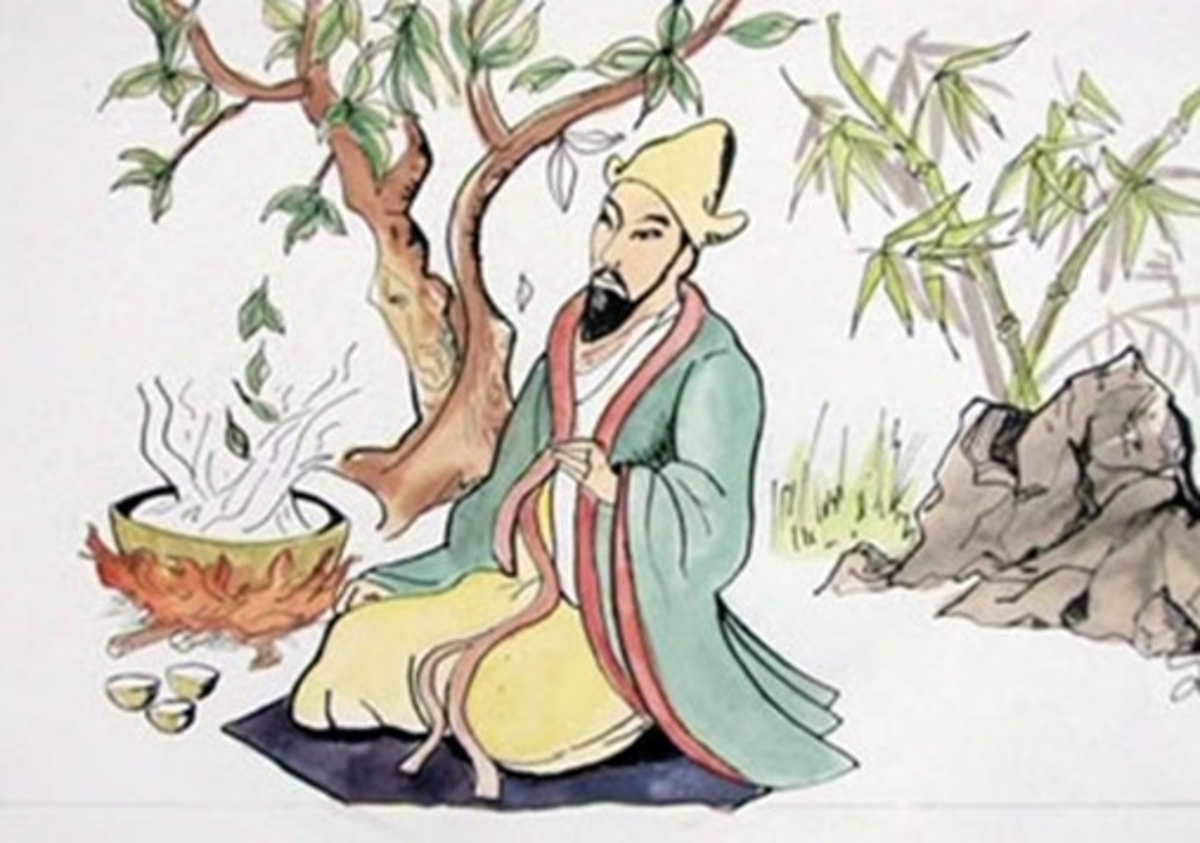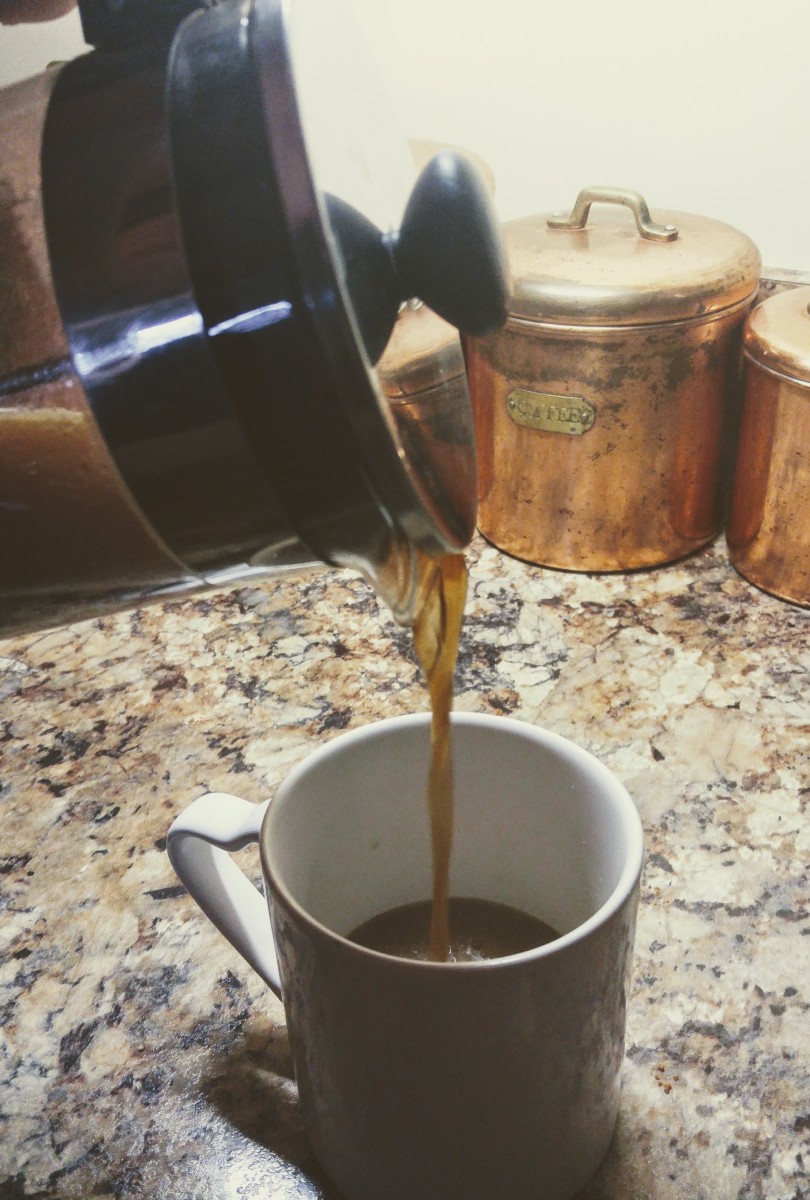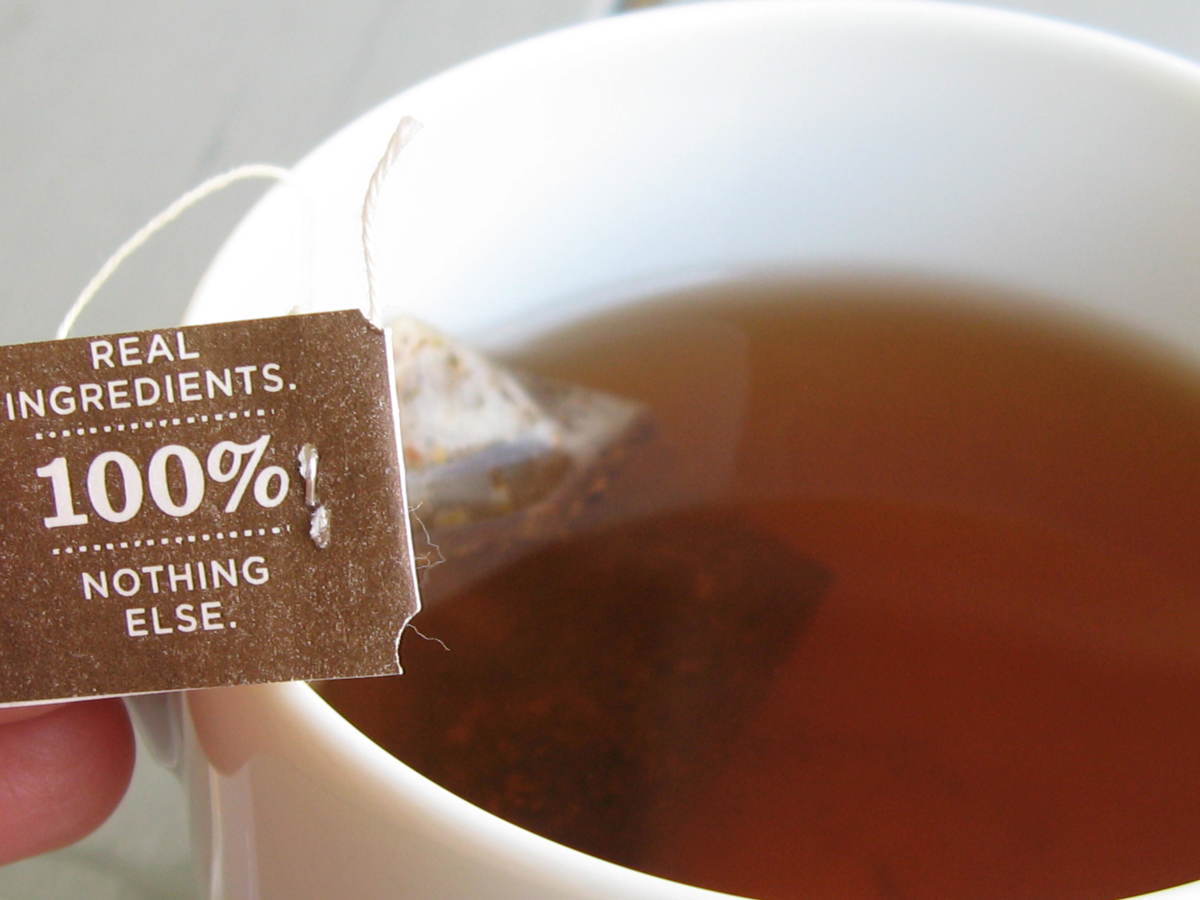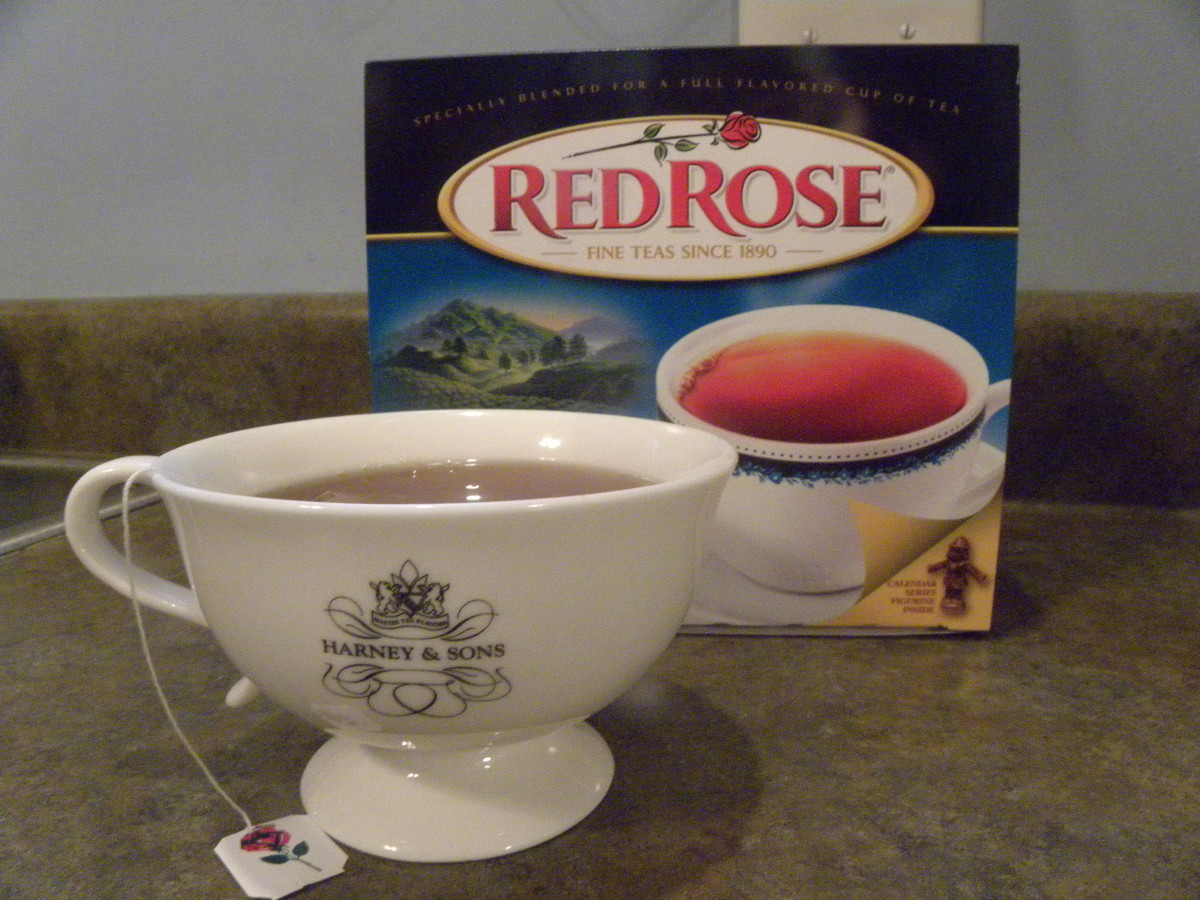Brewing the Perfect Loose Leaf Tea
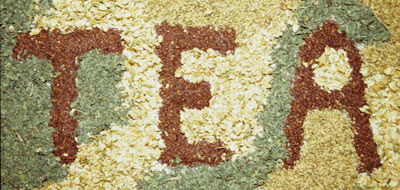
Brewing tea from loose leaf is very different from brewing with the more traditional tea bags/pouches. Everything is no longer pre-portioned, plus you have to make sure the water is just the right temperature. Despite all the tools required to do this, it is still one of the most rewarding experiences you will ever have when you sit down and enjoy a perfectly brewed tea, something that you had done yourself, the hard way. Serving tea for company is also quite an enjoyable experience, and serving the proper tea while entertaining is an amazing way of showing someone just how much you care. You're saying "I care enough about you to serve you the very best!" You and your guests will notice the difference.
Additionally, tea, unlike coffee or soft drinks, is an excellent way to hydrate your body. Once brewed tea is 99% as hydrating as water. Additionally, tea is high in antioxidants, particularly green teas such as matcha, in which one bowl (matcha is traditionally sipped out of a wooden bowl, rather than a cup) can contain up to three times as many antioxidants as an apple (Tea Advisory Council of UK).
Tea is a great way to relax, and a healthy alternative to other beverages, so here is a guide to serving the very best tea from loose leaf.
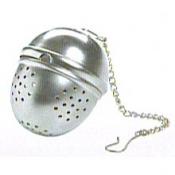
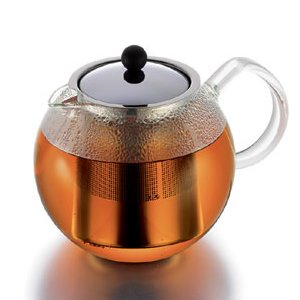
Know Your Materials
There are two main ways of brewing tea from loose leaf. One is to use the tea ball, a small metal ball in which you would insert the tea and then then seal it. This is much similar to using the tea bag, but you still have to use ensure you use the right amount. Too little, and the tea is to weak. Too much, and the tea is either too strong, or the tea ball gets clogged up and doesn't steep at all. As such, using a tea ball is not recommended for large amounts of tea. However, selecting the right temperature is just as important. When making tea using a tea ball, follow the same instructions as will follow for the French press, but you may want to let the tea steep a little longer before using a tea ball.
The other method of brewing tea is by using a French press. A French press allows the person to place loose leaves into a the bottom of the cup, and then steep to the desired strength. You would then "press" a wire mesh down onto the leaves to end the steeping process. Some larger French presses actually allow you to put the leaves into a mini-container, similar to a tea ball, that sits at the top of the teapot. You would still however, use the press to stop the steeping process.
You would also require a thermometer, a kettle (preferably not an electric one) and if you are not using an electric kettle, than you would also require a stove or hot plate. The reasons I recommend against using an electric kettle is that it is a bit more difficult to check the temperature of the water. The directions that will follow will be using a French press and will also be using a standard stovetop kettle. Although I will make notes of how these instructions might change when using a tea ball.
Know Your Tea
Most teas will fit into one of four categories: black, green, white and oolong. There are also some varieties that also have specific instructions of their own such as, yerba mate, and rooibos.
First off, identify what kind of tea you have. You should always pay attention to your variety when you purchase it, so if you're purchasing darjeeling, you should know that you're purchasing darjeeling.
A simple google search should help you identify what category your tea fits into, but here some of the more popular varieties in each category.
- Black Teas: The more popular types of black teas include the traditional orange peko and earl grey, but this can also include "breakfast" teas like scottish breakfast and english breakfast. Other popular black teas include assam and darjeeling. Black teas are popular because they can keep for years without spoiling, provided they are kept in proper storage, so most retailers prefer to use black teas and the price can be kept much lower. However, the fresher, the better.
- Green Teas: Very high in antioxidants, green tea actually come from the same plant as most black teas, but the difference lies in the processing. Green tea is air dried and then steamed, and thus has the least amount of processing among all teas. Some of the popular green teas are matcha, jade green tea (from Japan) and fire green tea from China. Green tea has a "distinct" taste to it, so it is recommended for novice drinkers to add some milk and sugar. Also, as always, the fresher the better. When properly stored, green tea lasts for a few months, however, it is best to use green tea within a few weeks of your purchase.
- White Teas: Again, the only real difference between these teas and the previously mentioned is the processing. Black teas, green teas, white teas, and oolong all come from the same plant - Camillia Sinensis. White tea is actually processed in a similar manner to green tea, however, it is harvested much earlier, when the buds have barely unfurled. this means that once they've dried out, they have a little bit of a white fuzz on them. This is perfectly normal and not anything to be concerned about. Some of the best white tea comes from the Ceylon region in Sri Lanka, and there are many varieties available, but one of the more popular varieties would be "silver needle." Be warned, white tea can be very expensive, so be prepared to be willing to pay for up to $50.00/100g, or higher for some of the more exotic flavors. Compare that with $17.00/100g for darjeeling or $6.00/100g of earl grey. While not all white teas are that expensive, do be aware that because of the difficulty caused by harvesting early, and the short shelf life - similar to that of a green tea - as well as a scarcity in white tea farms means the market price of white tea will go up.
- Oolong Teas: Oolong tea is processed by letting the leaves wither, and tossing them about so they become bruised. This allows the leaves to oxidize, giving that distinct taste that is not quite black, and not quite green, but somewhere in the middle. Once the leaves have achieved the desired oxidization, they are then put to fire to stop the oxidization, and then fully dried out. The varieties of oolong represent how long they have been oxidized. Do not worry about oolong tea here, as they require very special tools to brew.
- Rooibos Tea: Rooibos is made from a plant that only grows in the western cape region of South Africa. It can come in many different flavors, but rooibos is where our "Red" teas come from. It also has special brewing instructions.
- Yerba Mate: Yerba mate is a south american shrub, specifically a form of holly, that traditionally uses special types of materials to brew, much like Oolong.
For the purposes of this article, I will be writing on brewing the following types: black, green, white, and red teas.
The Fun Part: Brewing Your Teas
Once again, you will need either a tea ball or French press teapot, a standard stovetop kettle, a stove or hot plate and a thermometer.
The first important thing to do is decide how much tea you want to make. This will vary based on the type of tea you're using.
- For black tea, it is recommended you use one teaspoon for every eight ounces of hot water, but I find one teaspoon for every ten ounces works well. If you find it's not strong enough, you can always steep it a little longer.
- The standard for green tea is also one teaspoon for every eight ounces of hot water. If you're used to drinking green tea with additives, and you want to try it plain, this may seem strong, so you can adjust the amount of water, leaves, or steeping time to taste.
- For white tea, use one and a half teaspoons per eight ounces. This is because white tea can have a bit of a weaker tea than its darker, more colorful cousins.
- For rooibos, use one and a half teaspoons per nine ounces.
Using this guideline, add the desired amount of leaves to your press. If you're using a single eight ounce cup and a tea ball, place contents into a tea ball and place the tea ball into the cup.
Next, it is time to prepare your water. It is important to leave the lid to your kettle open so you can check the temperature regularly. It is not a simple case of waiting for the kettle to start whistling, as many teas are brewed best with the water not boiling. The water temperature will vary from type of tea to type of tea as follows:
- For black teas and rooibos, use boiling water (100° Celsius).
- For green teas and white teas, you want your water between 80° and 85° Celsius
The reason for the lower temperatures in green and white teas is to prevent the leaves from burning when they steep. Because black teas and rooibos are roasted, they are already slightly burned, so boiling water does little harm. However, you do not want the water to be higher than 110° because otherwise, you will find that the flavor is too strong as the water evaporates. Remember, these instructions take into account a slight cooling as the tea steeps.
After the water has reached the desired temperature, immediately pour the water into the press, right through the leaves (or into your cup if you're using a tea ball).
Next, let the tea steep. Put the lid on your French press and make sure the handle is all the way up. The steeping time will be you're best way of determining tea strength. I like my tea somewhere in the middle, not too strong and bitter, but not weak either. Depending on your taste, you can adjust the steeping time to your desired strength, but the general starting point is:
- Black Tea: three minutes
- Green Tea: two minutes
- White Tea: three minutes
- Rooibos: a whopping six minutes!
Because the tea will do a significant amount of it's steeping as you pour the water through, especially with black teas that use boiling water, you can always press down early, check the taste, and then draw open the press to let it steep further. Because everyone likes their tea done differently these are just guides are mainly used as a starting point for you to discover your own tastes. Once the tea has steeped to the desired strength, close the press (push the sieve all the way down) to stop the steeping process.
You may also want to steep a little bit longer when using a tea ball. I would recommend between one or two additional minutes.
Add desired additives: sugar, milk, lemon, honey to taste, serve and enjoy!


